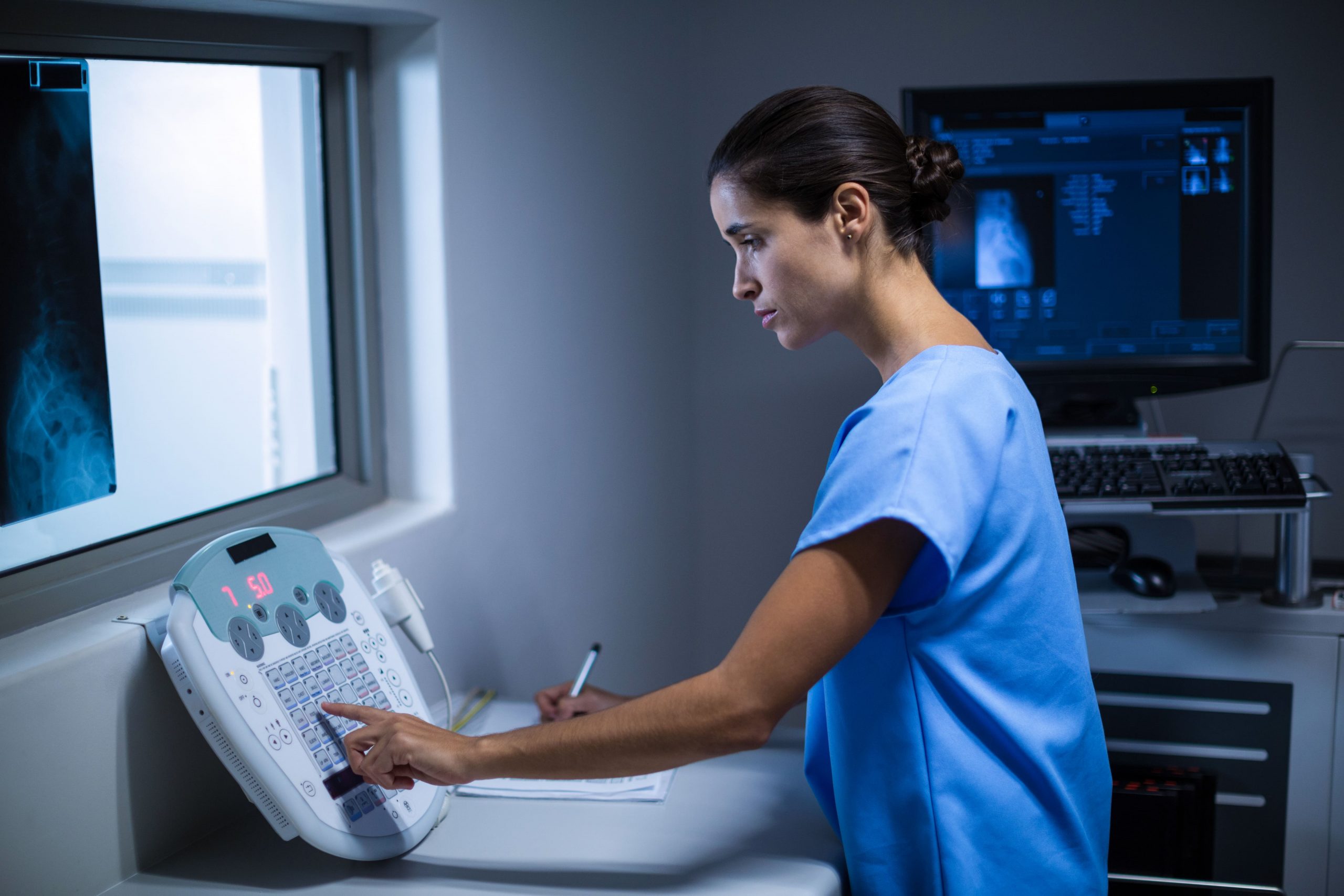Being a patient with ischemic heart disease, also known as coronary artery disease (CAD), can be frightening, especially if a person is not fully aware of what it is and how it affects the body. The residents of Irving, TX, are used to straightforward, no-frills questions regarding their longevity with this disease. The fact is: Many people can live longer and get healthier lives when they are properly cared for, screened early, and maintain healthy lifestyles. Technologies such as the heart scan, CT scan, angiogram scan, and whole body scan through ViaScan are used by individuals to detect issues at an early stage so that they may remain in charge of their heart conditions.
What is the connection between the severity and course of ischemic heart disease and the long-term life expectancy of an individual?
The life expectancy is explained by the early detection and the rate of progression of ischemic heart disease. As soon as individuals understand what ischemic heart disease is and observe it, they will be able to live for several years.
The greater the narrowing of the coronary arteries, especially in critical locations, the higher the risk of complications. This is the reason why, by conducting early scans such as the heart scan provided by ViaScan, people can know what is going on in their body before its symptoms worsen.
Disease Stage & Prognosis
It has a better prognosis when the disease is at its early stages since the heart is still strong. The middle stages indicate that the heart is labouring more; thus, frequent monitoring is significant. The end stages require very close medical attention as the heart may have difficulties getting an adequate blood supply. Stages are known, and it is when the doctors can direct the person in the right direction.
Factors that Influence Longevity.
The habits, health history, as well as scan findings of an individual contribute to the length of time that one can live. Early examination assists the physician in detecting threats. Proper diets keep the heart safe. Well-observed issues prevent small issues into big ones.
How do early identification, medical intervention, and lifestyle change contribute to the lifespan of an individual with ischemic heart disease?
Early diagnosis will provide individuals with time to do something before the disease becomes worse. When individuals get to know what ischemic heart disease is, they know the importance of acting on time.
The heart is supported by healthy eating, physical activity, and managing stress. An initial ViaScan scan (a CT scan and angiogram) can identify a problem before it becomes substantially harmful. Treatments are recommended to control the symptoms, whereas lifestyle habits are recommended to make the heart healthier and help individuals take charge of their well-being.
Impact of Treatment Options
Depending on the progress of ischemic heart disease, doctors can prescribe medicines, a change of lifestyle, or close follow-up. These are known to assist the heart in its work, although they do not cure the disease.
The initial health scans can be used to inform the plan made by the physician. Professionals highly recommend that a person be attentive to medical advice and undergo frequent imaging to keep track of the heart condition.
What is the relationship between age, genetic susceptibility, and co-morbidity and the survival rates of patients who live with ischemic heart disease?
The length of time that an individual can live with ischemic heart disease depends on age, family history, and other health issues such as diabetes. This is the reason why it is so essential to learn what ischemic heart disease is and to have heart scans regularly. Patients who are younger or less medically challenged tend to have a better prognosis. In the meantime, elderly people or patients with two or more health issues might require more frequent monitoring. Scans, such as a heart scan or wellness body scan, performed by the ViaScan assist in monitoring such dangers over time.
Personal Health Variables
- Age
- Family history
- Diabetes
- High blood pressure
- High cholesterol
Risks causing a Change of treatment
- Smoking
- Obesity
- Lack of exercise
- Delayed diagnosis
What advancements in current cardiology, drugs, and surgery procedures have extended the lives of patients with ischemic heart disease?
Cardiology technologies of the modern era enable a person to live longer by identifying risks at the earliest stage and assisting the physician to make more informed choices. Symptoms are easier to treat with the aid of new medicines. Improved imaging, such as a non-invasive heart scan and angiogram scan offered by ViaScan, allows individuals to view the inside of the heart without any pain.
Although these tools are not a miracle to cure ischemic heart disease, they enable individuals to know what ischemic heart disease is and how they can remain ahead of it. The current technology provides individuals with greater peace.
Advances in Medical Care
More sophisticated imaging equipment is able to detect heart issues prior to the onset of disease symptoms. The medicines assist in keeping the heart stable. Today, doctors are more informed and are able to provide better advice where there is a clear scan. All these go to assist the patients in being more in control of their condition.
The Benefits of New Treatments
- Better medications
- Improved surgical tools
- Non-invasive imaging
- More accurate diagnostics
- Safer monitoring systems
Choose Our Preventive Heart Scan
Early Detection Saves Lives!
-
- Accurate
- Quick Result
- Affordable

Conclusion
Being a patient with ischemic heart disease might seem daunting, but lots of individuals have had long and healthy lives when they know what ischemic heart disease is and take measures to keep track of it early. Even basic instruments such as the heart scan by ViaScan, CT scan, and angiogram scan allow the people of Irving, TX, to view what is going on in their heart before bigger issues are displayed. In case of early diagnosis, proper habits, and a medical expert, ischemic heart disease is much easier to control and to have a clear perspective on the future.





